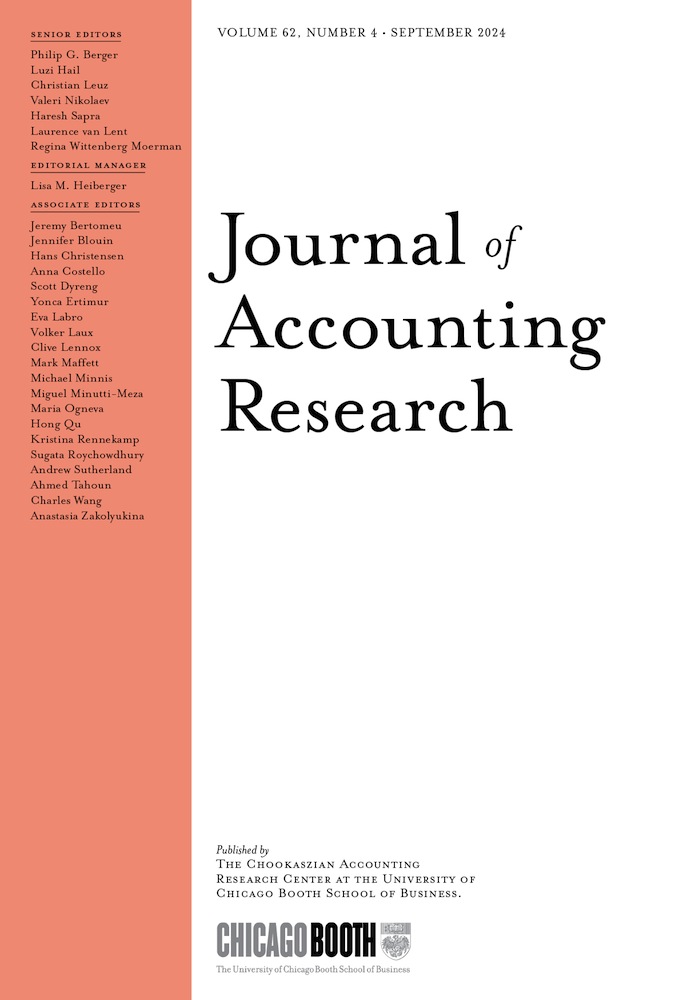The Capital Market Effects of Centralizing Regulated Financial Information
ABSTRACT
We study the capital market effects of information centralization by exploiting the staggered implementation of digital storage and access platforms for regulated financial information (Officially Appointed Mechanisms, or OAMs) in the European Union. We find that the implementation of OAMs results in significant improvements in capital market liquidity, consistent with the notion that OAMs lower investors' processing costs. The findings are more pronounced when processing costs are high to begin with, that is, when firms (1) are small and receive low business press coverage and (2) have high levels of retail ownership. We then identify a mechanism through which centralization facilitates capital market effects: information spillovers. First, we find that liquidity improvements are larger when OAMs have features that easily allow investors to search for peer firm information. Second, liquidity improvements are larger for firms with a high share of industry peers operating on the same OAM and for firms with a high share of small, low-coverage peers on that OAM. Third, around the annual report release dates of peer firms, focal-firm liquidity improves and focal-peer stock return synchronicity increases. Overall, our evidence suggests that, even in a modern information age, information centralization improves capital market liquidity and facilitates the acquisition and use of peer firm information.




